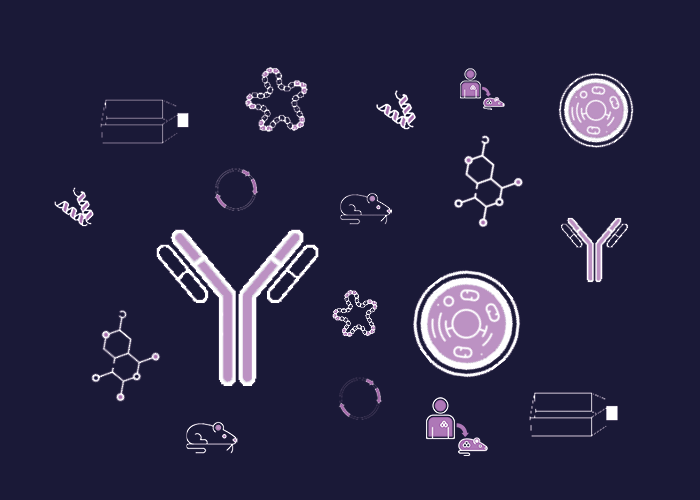
Cat. #161947
Oncolytic adenovirus encoding for CXCL9
Cat. #: 161947
Availability: Please enquire for quantities and pricing
Bacterial Resistance: Kanamycin
Selectable Markers: kanamycin selection LB medium
This fee is applicable only for non-profit organisations. If you are a for-profit organisation or a researcher working on commercially-sponsored academic research, you will need to contact our licensing team for a commercial use license.
Contributor
Institute: University of Helsinki
Primary Citation: Hamdan et al. 2021. Mol Ther Methods Clin Dev. 4;20:625-634. PMID: 33718513
Tool Details
*FOR RESEARCH USE ONLY (for other uses, please contact the licensing team)
- Tool name: Oncolytic adenovirus encoding for CXCL9
- Alternate name: Oncolytic adenovirus encoding for Monokine induced by gamma (MIG)
- Cancer: Skin cancer
- Cancers detailed: Skin cancer
- Research fields: Immuno-oncology
- Sequence: Hamdan et al. 2021. Mol Ther Methods Clin Dev. 4;20:625-634. PMID: 33718513
- Purpose: Oncolytic viruses are able to stimulate the anti-tumour immunity when administered concomitantly with immunotherapies. This vector encoding for CXCL9 can be used to study effects or mechanisms of such combinations, with applications in cancer vaccines.
- Insert: CXCL9
- Total vector size: 3696 bp
- Backbone size without insert: 3235 bp
- Insert size: 461 bp
- Insert species: Human
- Promoter: CMV
- Bacterial resistance: Kanamycin
- Selectable markers: kanamycin selection LB medium
- Description: Oncolytic adenoviruses have become commonly used viral vectors for cancer immunotherapy worldwide. Modifications in the viral genome give the potential of such viruses to serve as gene transfer vehicles and target cancer cell sof malignant phenotype. Restricted curative effect with traditional cancer therapies (radiation therapy, conventional chemotherapy, etc.) is often due to the lack of tumour infiltrate immune cells. To target the absence of such effectors and facilitate their recognition of target cells, the molecular function of various signalling molecules can be investigated. Cytokines play a role in oncology since many decades by regulating the tumour-directed immune response. These molecular messengers hold the potential to switch a cold tumour containing only few immune effector cells to a hot tumour with increased tumour infiltration. The match between effector and target cells constitute a necessity for effective therapies. Therefore, cytokine encoding adenoviruses can be designed to facilitate immune infiltration based on their role, mainly, in T-cell attraction. CXCL9 belongs to the subgroup of cytokines known as chemokines. These small molecular weighted proteins are known to direct cell movement towards a gradient in various tissue types. Bronger and colleagues investigated in the effect of CXC9 to facilitate lymphocyte infiltration into the tumour. They showed such association through binding to the cognate chemokine receptor, CXCR3, preferentially present on CD8 T-cells, Th1 T-cells, NK (T-cells), dendritic cells and monocytes.
- Application: A549 cell infection and chemokine expression
Application Details
- Application: A549 cell infection and chemokine expression
Related Tools
- Related tools: Oncolytic adenovirus encoding for CXCL10, Oncolytic virus encoding for IL-15
References
- Hamdan et al. 2021. Mol Ther Methods Clin Dev. 4
- 20:625-634. PMID: 33718513

